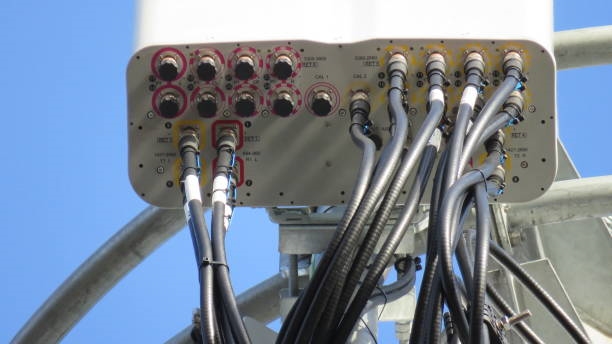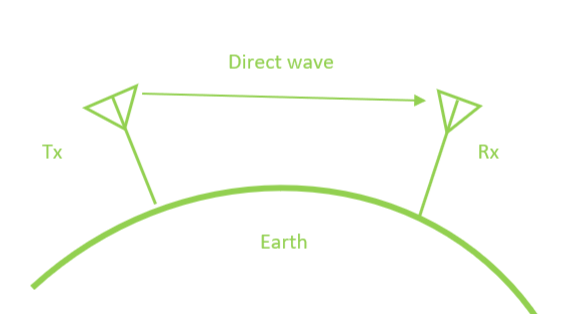Radar beam scheduling is a critical function in phased array radar systems, enabling efficient allocation of limited resources to meet operational demands. This article explores the constraints, adaptive scheduling strategies, and criteria for optimizing radar event sequences, providing insights for radar engineers and system designers.
Event Scheduler and Scheduling Interval
The event scheduler, controlled by the radar¡¯s system control program, arranges radar events within a defined scheduling interval¡ªthe time between consecutive scheduler invocations. The scheduler only plans events for the upcoming interval when triggered.
Choosing an appropriate scheduling interval is critical. A long interval may fail to meet system requirements for specific operating modes, such as loop response time or data rate. Conversely, a short interval increases computational overhead. Thus, the interval should be as long as possible while satisfying response time requirements.
Resource and Design Constraints
Radar operating modes consume finite system resources, necessitating careful design of scheduling strategies to account for the following constraints:
- Time Resource Constraint: The scheduler, akin to a server, can only handle a limited number of beam illumination requests within a given time, similar to serving customers in a queue.
- Energy Resource Constraint: Each radar event requires the transmitter to emit pulses, consuming energy. Targets at long ranges or in high-interference environments, such as clutter or jamming, may demand more energy to ensure data quality. Different operating modes require distinct pulse waveforms with varying duty cycles. Scheduling strategies should consider the average duty cycle of a pulse sequence over one or more scheduling intervals.
- Data Processing Resource Constraint: After each radar event, echo signals undergo signal processing and are sent to the radar¡¯s computer for data processing, consuming computational and storage resources. Tracking modes typically require more resources than search modes.
- Radar Design Constraints: Hardware limitations impose restrictions on scheduling. For radar system modeling and simulation, these constraints are often negligible.
Adaptive Scheduling Strategies and Criteria
Adaptive scheduling strategies aim to select an optimal radar event sequence for a scheduling interval by balancing time, energy, and computational resources while adhering to the relative priorities and parameter thresholds of different operating modes, all within the radar¡¯s design constraints. These strategies follow five key criteria:
- Adapt to dynamic radar environments and varying beam request conditions.
- Align with the relative priorities of operating modes and meet the threshold ranges for their characteristic parameters.
- Maximize the utilization of time, energy, and computational resources without exceeding their constraints.
- Operate within the radar¡¯s design constraints.
- Distribute beam requests evenly over time to avoid peak resource demands.
An event sequence meeting these criteria is considered the optimal radar event sequence, as it achieves the highest scheduling efficiency while fulfilling system requirements.
Public literature indicates that the AN/MPQ-53 radar, used in the Patriot missile defense system, employs a multi-template scheduling strategy. This approach adapts to operational environments and target threat levels, ensuring efficient resource allocation. While specific details of the multi-template strategy are not publicly available due to its proprietary nature, it approximates adaptive scheduling by dynamically allocating resources for various operating modes under energy and design constraints. In modeling phased array radars, adaptive scheduling strategies are often used to simulate such behavior.
 ALLPCB
ALLPCB







